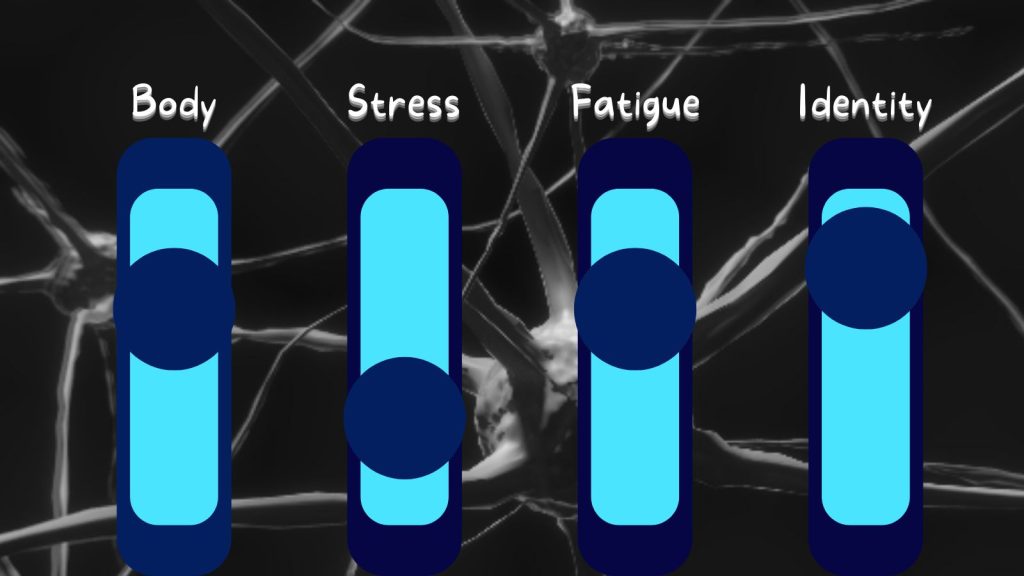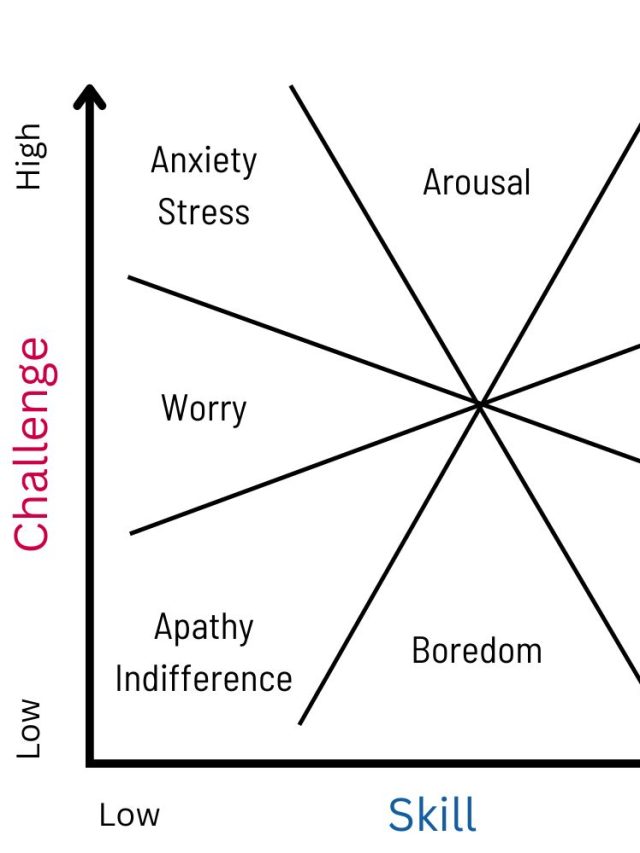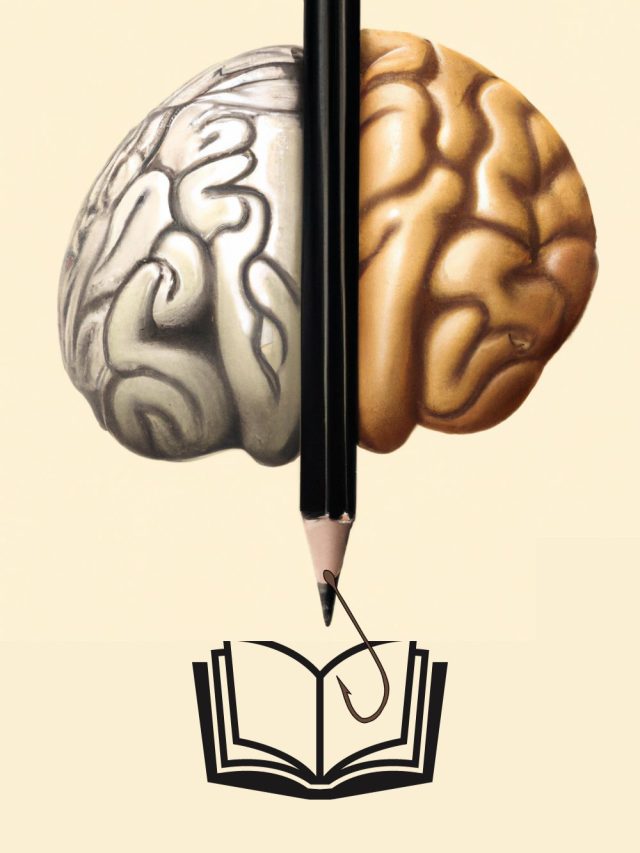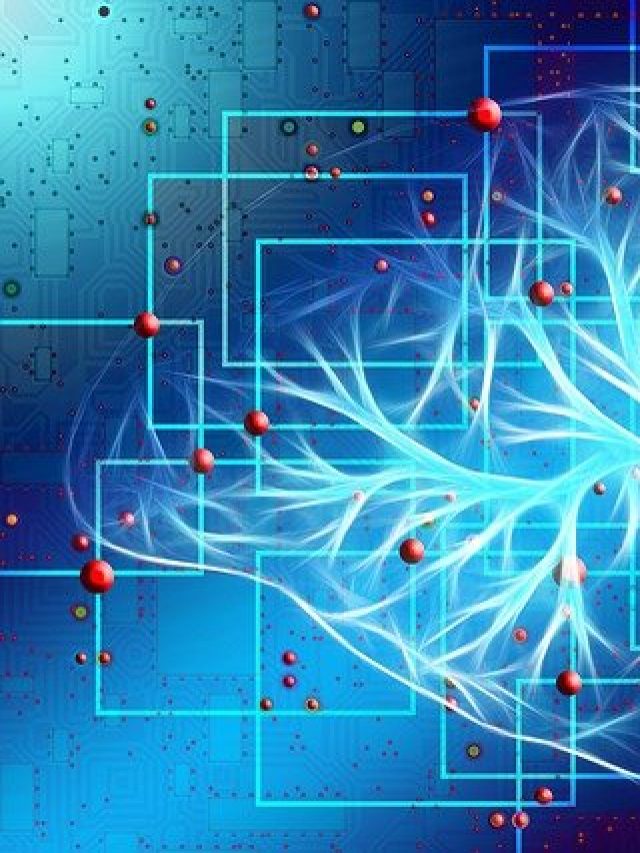“What should I do?” is one of the first questions people ask when they realize they need to work on their mental health. Maybe after thinking – “I don’t want to feel like this.” This article covers 4 mental health approaches to guide your healing and recovery journey. Consider these as brain settings, like your phone settings, to adjust mental health behaviors from the point of view of your body, stress, mental fatigue, and identity. Since there are no buttons, I’ll show you behaviors.
If at the very least you do these 4, you will feel more control over your emotional and physical well-being. And it’ll create a strong foundation for you to adjust to future/current difficulties.

1. Body settings
Deficiencies: The brain, body, and mind work as one system. When one of them is not performing well, assume there is something off in all 3. A lot of cognitive problems like losing focus, having a foggy mind, mental sluggishness, and unreliable memory are a result of mineral and vitamin deficiencies[1]. Ensure your deficiencies are corrected because these minerals and vitamins are extremely important for healthy brain function. When brain function is unhealthy, it can cause all sorts of problems including depression, anxiety, delusions, confusion, overreactions, and loss of memory, and it can also send bad signals to other organs which stresses the body out.
Tip: Do a medical test to find out what you are deficient in, rectify those deficiencies, and start eating habits that don’t put you in a deficiency again.
Physical health: Exercise is generally a reliable way to reduce depressive symptoms[2] and counter anxiety[3]. But there’s more. Exercise[4] and appearance satisfaction[5] influence life satisfaction[6], overall mental health, and confidence[7] too. If you don’t feel good about your body, it’s very hard[8] to feel good about yourself. But that’s not it either; people in good health or those considered attractive (attractiveness typically indicates good health[9]) are treated more favorably and assumed to be better, so that builds your social health too. People with health problems suffer from discrimination and stigma[10], and that affects their daily lives. Apart from that, healthy functioning of all your organs and muscles is important for the whole brain-body-mind system to function smoothly.
Tip: Do what you need to to feel good about your body.
Gut health: Gut health is brain health. There is mounting evidence[11] to show that poor gut health is associated with brain fog, anxiety and depression[12], and mental sluggishness. The connection between the gut and the brain is called the gut-brain axis[13], and it governs the relationship between gut bacteria and mental functioning including emotions, stress response, decision-making, memory, smell, movement, and organ functioning. A balanced diet can help manage anxiety directly by restoring gut bacteria. Conversely, anxiety and stress can hamper gut bacteria and lead to gastrointestinal problems. Moreover, immune dysfunctions, like autoimmune diseases, allergies, hives, etc., are related to gut health. Some habits like binge drinking or eating too many processed foods can destroy good gut bacteria. Strive to have a balanced diet most of the time, so you can enjoy other foods without compromising your mental health.
Tip: Take care of your gut health by changing eating habits as much as possible because the gut and brain communicate a lot. Consult a doctor or well-experienced nutritionist.
We are all zombies governed by gut microbiota influencing brain function.
2. Stress settings
Momentary stress isn’t bad because it helps us adapt and overcome obstacles. However, chronic stress is a problem and should be kept under control because it accelerates aging[14], weakens the immune system[15], lowers productivity[16], and hampers relationships[17].
De-stressing (relaxing) should always be a part of mental health concerns because the more stressed you are, the more you’ll rely on habits. And if you have poor mental health, chances are bad habits have taken their toll. All behaviors that occur without much decision-making, including negative thoughts and lethargy, are partly habits. Research[18] on rodents and humans generally shows that stress makes the brain rely on more habit-like thought processes (these are your negative thoughts or old thinking patterns) instead of the more active-learning thought patterns. De-stressing would allow you to focus away from damaging rigid thought patterns and be more active about what’s happening ahead in life.
Related: 14 techniques to reduce negative thinking
Common de-stressing techniques
- Progressive muscle relaxation
- Listening to and making music
- Playing with dogs/cats, going into nature
- Netflix and chill
- Deep breathing for a few minutes
- Body stretching
- Closing eyes for 2 minutes
- Taking legitimate breaks and micro-breaks for eye/brain/attention fatigue
- Physical intimacy
- Planning ahead
How to do Progressive muscle relaxation
Progressive muscle relaxation[19] systematically destresses the whole body – improves sleep[20], lowers blood pressure[21] in high BP people (within 2 days[22]), and reduces stress/anxiety/tension[23]. It works on the principle that a tense body and a tense mind are incompatible with each other. So a tense body creates a tense mind, and a tense mind creates a tense body. Effectively, if you forcibly relax your body, the mind relaxes. And since it’s easier to control the body than thoughts, a systematic relaxation technique is the go-to method recommended by many mental health practitioners. PMR is effective in reducing mental stress, physical tension, and anxiety. It creates an overall level of relaxation.
Create 8 main muscle groups: (1) hands and forearms; (2) upper arms; (3) forehead and eyebrows; (4) jaw, chin, and front of neck; (5) back of neck and ears; (6) upper body; (7) thighs; (8) shin and feet
- Sit in a comfortable chair or lie down on your bed.
- Slowly breathe in and breathe out 5 times.
- Choose a muscle group like your hands and forearms. Let them rest loosely.
- While breathing in, begin tensing the muscle group up as much as you can till you feel you are tightened up.
- Hold for 3-5 seconds.
- While breathing out, release the tension slowly and steadily.
- Breathe in and breathe out while tensing and releasing 5 times. Inhalation and exhalation should last about 5 seconds each.
- Visualize and acknowledge the feeling of muscles releasing all the tension and relaxing
3. Mental fatigue settings
The attention restoration theory says that we reach an attention fatigue state after stressful work, and we have to use our attention in specific ways to reduce that fatigue. Your activities should meet 1 of 4 criteria for them to be truly relaxing. Consider it as a checklist for classifying your daily events as work vs. non-work.
- Fascination is when a person is motivated to engage in something without feeling any effort (looking at a new gadget, gossip, toys)
- Distance is physical and psychological separation from work (leaving the room and staring into the roads, getaways)
- Extended engagement describes breaks/environments that occupy the mind enough to keep it engaged (chess, music)
- Psychological compatibility is a break that aligns with your interests or tendencies (your idea of fun and interesting– hobbies, play)
For most people, a fun, motivating activity away from work is enough to decompress, energize, and restore concentration for later tasks. Any break – be it a hobby, game, outing, trip, pass-time activity, or vacation – will restore your mind if it meets all 4 criteria.
Exposure to nature is a highly effective way to reduce mental fatigue. Whether it is in the form of nature therapy, playing with animals, treks, gardening, or vacations to natural environments, do something to reconnect with nature – it conclusively improves mental health.
Another technique to use is the 20/20/20 eye-fatigue reduction technique: For every 20 minutes of screen time, look away at something natural 20 feet away for 20 seconds. This changes the muscle orientation in the eyes and relieves the muscle strain of focusing on something close to your face (the screen).
Using a good form of relaxing the brain that meets at least 2 or 3 of the 4 criteria can essentially create a work-life balance for you.
Related: 6 Ways to improve your self-talk and inner dialog
4. Identity settings
Your identity is a set of all your memories, decisions, opinions, likes, dislikes, relationships, achievements, physical status, attitude toward yourself, vision in life, and political and spiritual points of view.
To create a solid foundation for your identity, answer the following:
- How do you think about yourself? How do you view yourself? What are your core attributes/traits?
- How are you related to others in society?
- Who is in control of the decisions you make?
There should be some content for the first 2 questions, and the answer to the last one should be yourself. Once you have these, build your identity on 3 levels.
- The independent self-construal: Your job, achievements, physical attributes, possessions, education.
E.g., I’m a psychology blogger, who loves sci-fi, horror, and anime content. I am tall and love wearing pop-culture tee shirts with shorts. I take pride in my hair and love to flaunt it. I trained in clinical psychology, cyberpsychology, positive psychology, and counseling. All of these make my core identity. - The interdependent self-construal: The nature and quality of your relationship with friends, family, colleagues, partners, mentors, etc.
E.g., I am in a loving relationship, a member of a 4 unit family, work solo but try to engage with my audience and peers. I am not a mentor, but I have been lucky to learn lessons from mentors who showed faith in me. - The metapersonal self-construal: How you place yourself in the world/universe, what vision you have for life, what gives your life meaning, how you connect with world, etc.
E.g., I am not spiritual or religious by choice, but I do care about the environment and space exploration. I connect with all lifeforms as a member of earth’s diversity. My mission is to make specific breakthroughs in psychology and help people learn their inner workings.
Self-construal = how you construe (or understand and conceptualize) the “self”.
When either of these is “empty” or lacking, we over-rely on the others as compensation and that causes problems. We may get overly political and make everything political when we don’t have a job or other achievements. We may focus too much on relationships when we feel like a failure in other domains, etc. So rectifying your levels of identity is almost mandatory for good mental health.
An identity crisis is typically a deficit in one of the 3 levels. In a phase where you question who you are, you may start questioning the meaning and purpose of all of your experiences. To prevent that, work on making each level of your identity strong.
Problems with self-concept, self-worth, self-esteem, meaning and purpose often start with not being satisfied with your identity. Here’s a how-to guide to ensure your self-worth is rock solid.
Sources
[2]: https://www.ncbi.nlm.nih.gov/pmc/articles/PMC7415205/
[3]: https://www.ncbi.nlm.nih.gov/pmc/articles/PMC3632802/
[4]: https://journals.sagepub.com/doi/abs/10.1177/1359105309338977
[5]: https://www.frontiersin.org/articles/10.3389/fpsyt.2019.00864/full
[6]: https://files.eric.ed.gov/fulltext/EJ1341623.pdf
[7]: https://www.sciencedirect.com/science/article/abs/pii/S1740144515000030
[8]: https://psycnet.apa.org/record/2012-14627-021
[9]: https://www.sciencedirect.com/science/article/abs/pii/S1090513814000749
[10]: https://bmcmedicine.biomedcentral.com/articles/10.1186/s12916-019-1271-3
[11]: https://www.sciencedirect.com/science/article/abs/pii/S0272735820301318
[12]: https://www.cambridge.org/core/journals/psychological-medicine/article/abs/evaluating-the-interactive-effects-of-dietary-habits-and-human-gut-microbiome-on-the-risks-of-depression-and-anxiety/4B127207AB8C5ABAEDF65EC99A08DFCE
[13]: https://journals.physiology.org/doi/full/10.1152/physrev.00018.2018
[14]: https://www.ncbi.nlm.nih.gov/pmc/articles/PMC7400286/
[15]: https://link.springer.com/article/10.1007/s11357-014-9631-6
[16]: https://www.tandfonline.com/doi/abs/10.1300/J490v21n02_07
[17]: https://www.sciencedirect.com/science/article/abs/pii/S0272735808001402
[18]: https://www.nature.com/articles/npjscilearn201611
[19]: https://www.tandfonline.com/doi/abs/10.1300/J137v13n03_04
[20]: https://www.researchgate.net/profile/Viorel-Lupu/publication/286004425_Treating_primary_insomnia_A_comparative_study_of_self-help_methods_and_progressive_muscle_relaxation/links/5720716308aed056fa236a06/Treating-primary-insomnia-A-comparative-study-of-self-help-methods-and-progressive-muscle-relaxation.pdf
[21]: https://www.sciencedirect.com/science/article/abs/pii/0005796775900492
[22]: https://www.proquest.com/openview/b4ab8df018e8aecb5b4323ba37342c9d/1?pq-origsite=gscholar&cbl=2028906
[23]: https://psycnet.apa.org/record/1994-26843-001

Hey! Thank you for reading; hope you enjoyed the article. I run Cognition Today to paint a holistic picture of psychology. My content here is referenced and featured in NY Times, Forbes, CNET, Entrepreneur, Lifehacker, about 15 books, academic courses, and 100s of research papers.
I’m a full-time psychology SME consultant and I work part-time with Myelin, an EdTech company. I’m also currently an overtime impostor in the AI industry. I’m attempting (mostly failing) to solve AI’s contextual awareness problem from the cognitive perspective.
I’ve studied at NIMHANS Bangalore (positive psychology), Savitribai Phule Pune University (clinical psychology), Fergusson College (BA psych), and affiliated with IIM Ahmedabad (marketing psychology).
I’m based in Pune, India. Love Sci-fi, horror media; Love rock, metal, synthwave, and K-pop music; can’t whistle; can play 2 guitars at a time.










